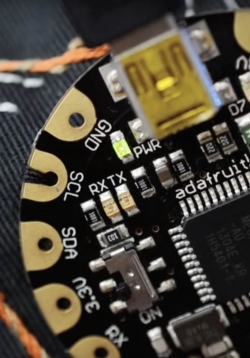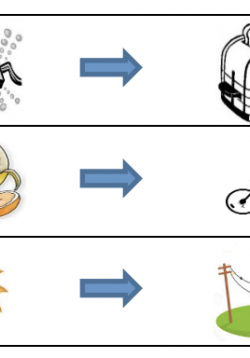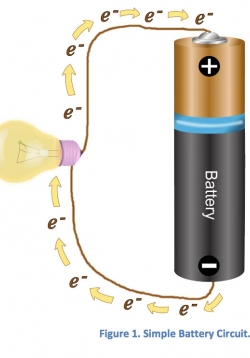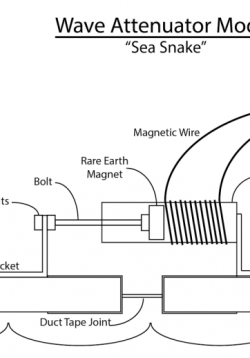Passive Solar Water Heating
Students retrofit milk jugs to absorb and retain the most solar energy. This process involves students collecting data that measures the impacts of different variables on the solar energy absorbed by each collection device. Students should be able to see...
Compost Bioreactor Design
Solar energy is available when the sun shines but energy can be supplemented at night by the release of energy during the composting of organic waste. In this activity, we will experiment with the feasibility of harnessing thermal energy to heat water with...
Making the Standard Solar Heater
In part one of the activity students will be asked to create a simple solar heater, measure the temperature change in a vial of water, then calculate the heat energy transferred to a vial of water. Students will construct the solar heater, place a set...
Illuminate Me: Merging Conductive Sewing, Technology, and Solar Power
Light up your clothing using solar power! For this unit, students will attach thin, flexible solar modules to a bike helmet and recharge NiMH rechargeable batteries for a renewable energy battery pack. The rechargeable batteries will be used to light up...
Solar Mobile Design Challenge Unit Plan
This unit involves students learning about transferring solar energy to small motors, exploring the center of gravity and testing light sources (including the sun). The culminating engineering design project gives students the chance to pull...
Introduction to Energy
This lesson will introduce students to each of the different types of energy using PowerPoint slides, partner activities, and hands-on experiences with different kinds of energy including: batteries (chemical), electrical circuits (electrical), motors (...
Introduction to Circuits
This lesson begins with students having hands-on experiences creating electrical circuits using a battery, wires, and a light bulb. Students will learn that electricity is the flow of electrons, and how electricity moves within a circuit.
Introduction to Electromagnetism
Through a series of goal-oriented activities and research, students will build physical models that demonstrate the interactions between magnetism and magnetic fields as well as interactions between magnetism and electric fields. Students will be...
Building a Tidal Wave Attenuator
This lesson is designed to build upon investigations of electromagnetic energy by applying these phenomena to transfer the kinetic energy moving in waves to electricity by building a wave attenuator.
Testing a Tidal Wave Attenuator
Students will test the efficiency of the tidal wave attenuator models that they previously built. They will determine variables on their models they can manipulate, such as wire gauge and magnet strength, and measure the effects of manipulating this...









